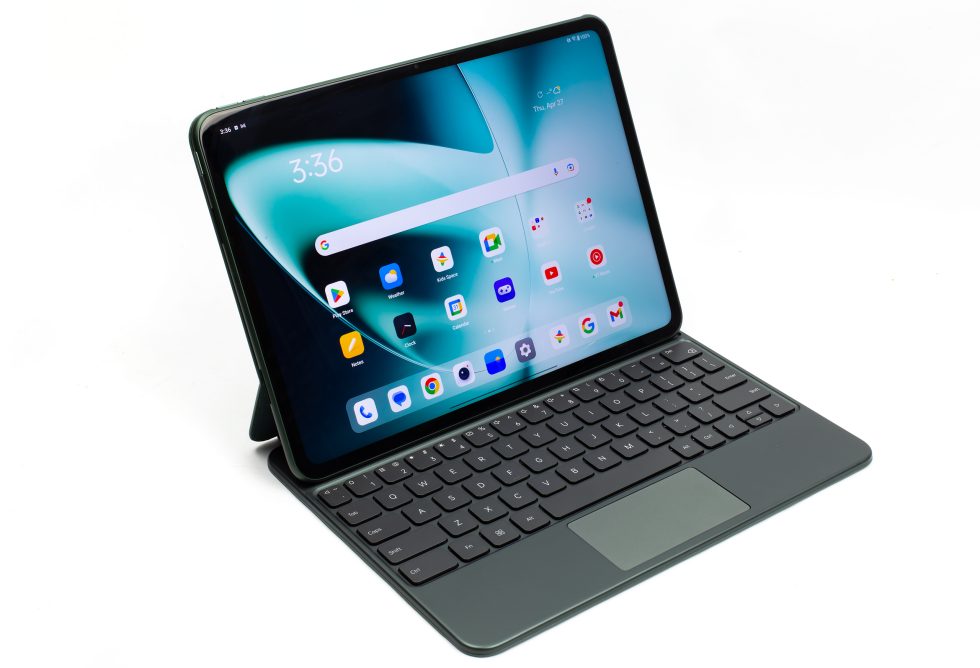-

The OnePlus Pad. It's got a keyboard. [credit: Ron Amadeo ]
Android tablets are supposed to be making a comeback, and along with Google's push for new software, which started in 2021, we're also getting waves of new Android tablet hardware. One of the most anticipated is probably the OnePlus Pad, a mid-range tablet that, at $479, looks squarely aimed at the entry-level iPad. OnePlus was probably hoping the headline-grabbing 144 Hz LCD at this price would convert some buyers, but it's not possible to get a good 144 Hz display at this price point. The OnePlus Pad's display is smeary and ugly, and it made me want to put it down about as soon as I picked it up.
The display looks fine if nothing is moving, but the second you have to scroll anywhere, everything turns to mush. Text on the display is a streaky, blurry mess in motion to the point where it's pretty hard to read smaller text sizes until scrolling stops. Smaller text gets noticeably thinner and lighter colored during scrolling, usually going from a solid black to a shimmery gray. It feels like either the display has a weird subpixel layout that doesn't look good in motion, or OnePlus' software uses a strange anti-alias effect during scrolling that looks different from a stationary picture.
Whatever happened here, the point is that scrolling a page with text on the OnePlus Pad is difficult to read and often physically uncomfortable to view. As one of the primary uses of a tablet, this is a total deal-breaker and completely negates whatever else is going on here. Apple's scale usually gives it better component prices. Considering that the base model $449 iPad still ships with a smaller (10.9-inch), lower resolution (2360×1640) display, the OnePlus cranking the spec sheet up to a 144 Hz, 11.61-inch, 2800×2000 panel seems to have involved completely throwing image quality out the window. Big displays are expensive, and I don't think this display stat line works at this price right now.
Read 8 remaining paragraphs | Comments
